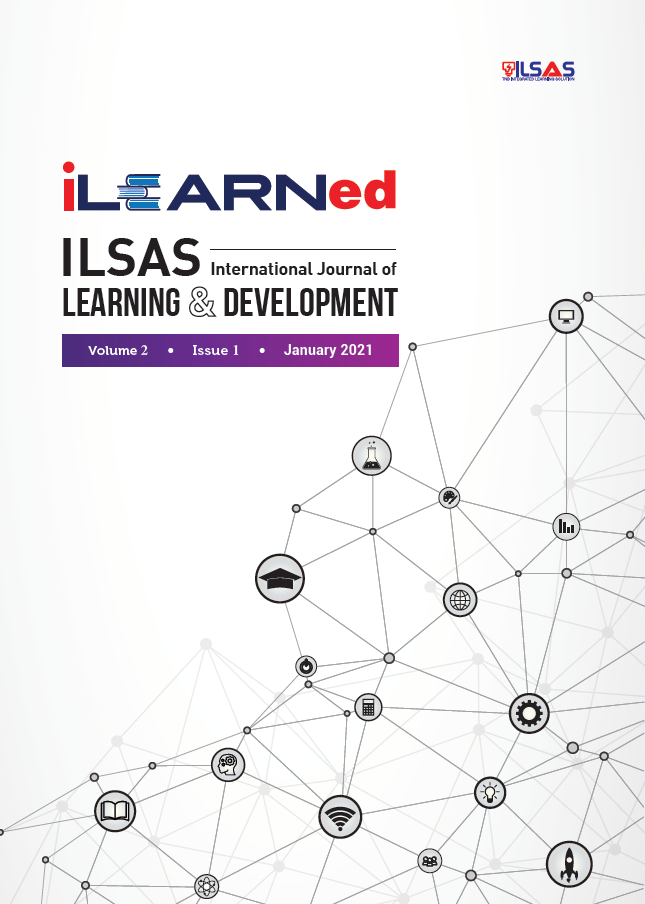Studying the History of Temple Relief in Malang Using Textbooks Based on Augmented Reality
Abstract
The history of classical Indonesian art, especially the Hindu-Buddhist era, has rarely been studied in universities. Teaching materials for the course of Indonesian art history are more focused on the material of Indonesian modern art history. Hindu-Buddhist temples from the Singosari and Majapahit era have high cultural values so that they are a source of cultural knowledge and have considerable cultural tourism potential. To attract students’ interest in learning the history of Hindu-Buddhist art, especially the history of Singosari relics in Malang, an interesting media is needed, which is textbooks based on Augmented Reality (AR). Textbooks are equipped with story relief drawings that are given markers so that when viewed using a smartphone with the AR application, the photographic images will turn into color illustration images with digital techniques. The purpose of writing this textbook in addition to increasing interest in learning the history of Indonesian art is also intended that students love Indonesian cultural heritage, especially temples in the Greater Malang area. This textbook is focused on presenting relief stories contained in temples in Malang. This research uses the historical and development methods, where the writing of the book is used the historical method, while the book design and AR application are used by the simplified Borg and Gall research and development method. The contents of the book consist of relief stories of the Anglingdarma Jago temple, relief stories Garudeya Kidal temple, reliefs non-stories from Singosari temple, Badut temple, and Sumberawan temple.


